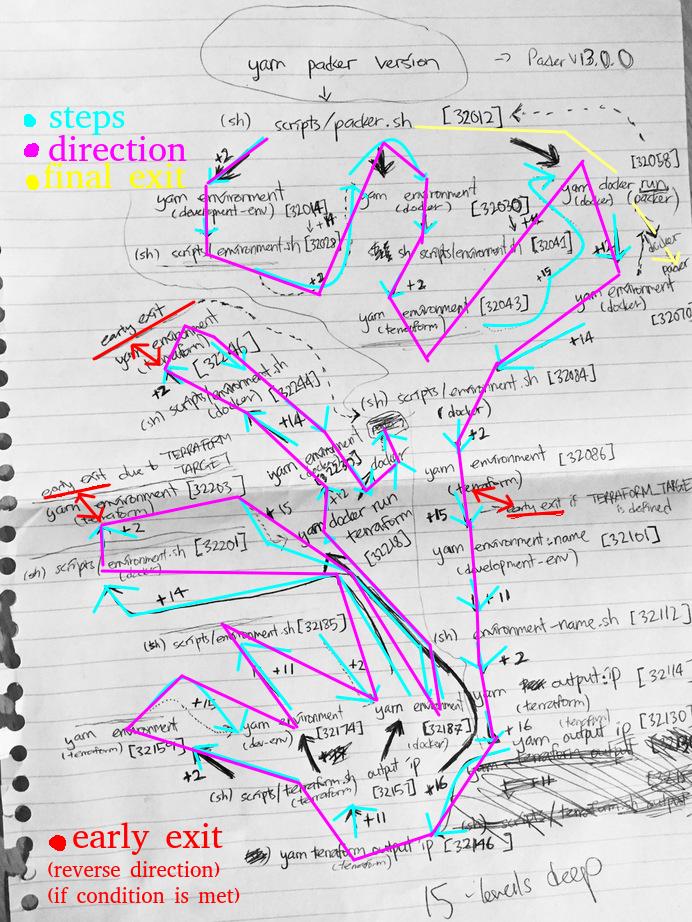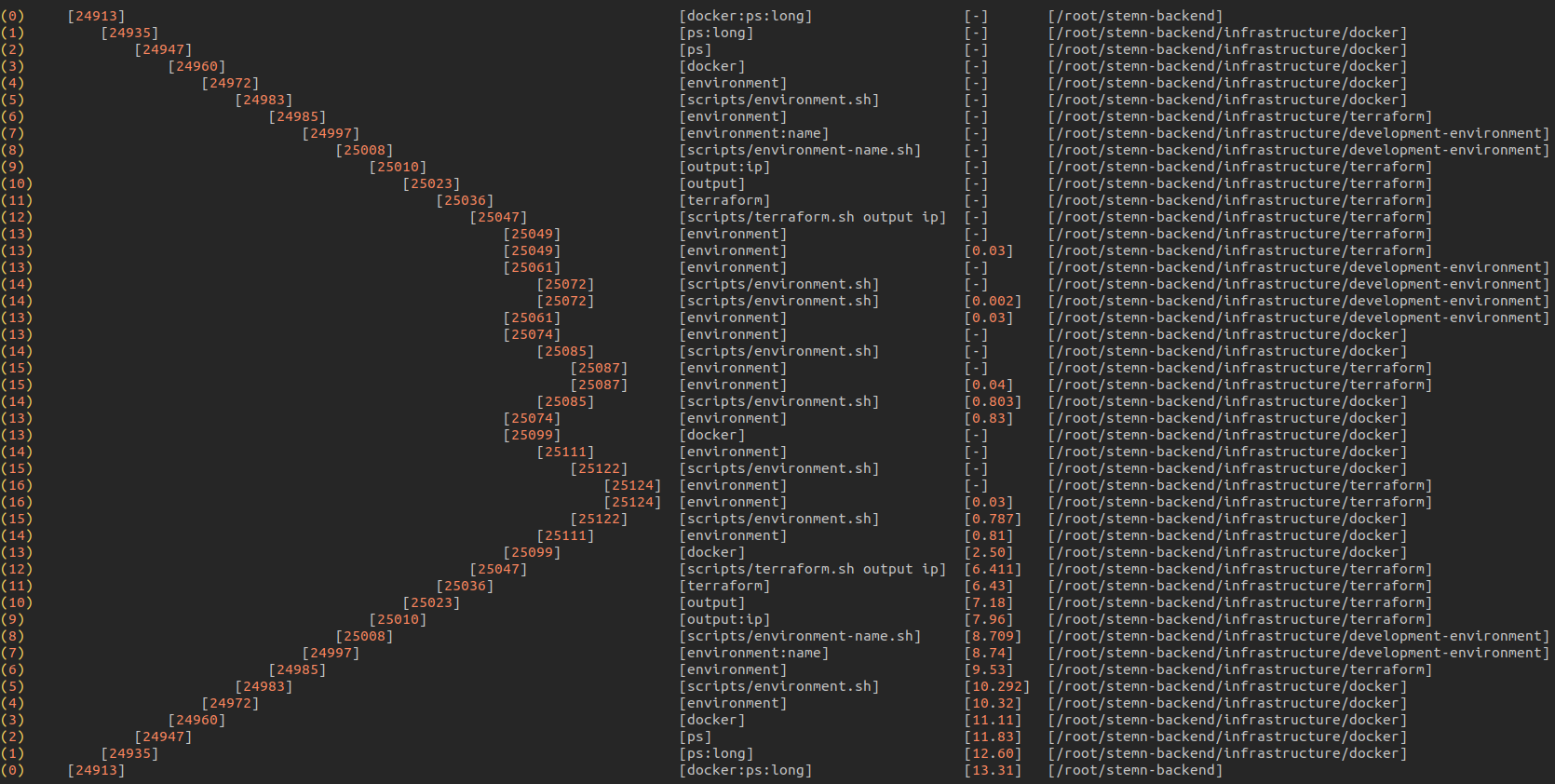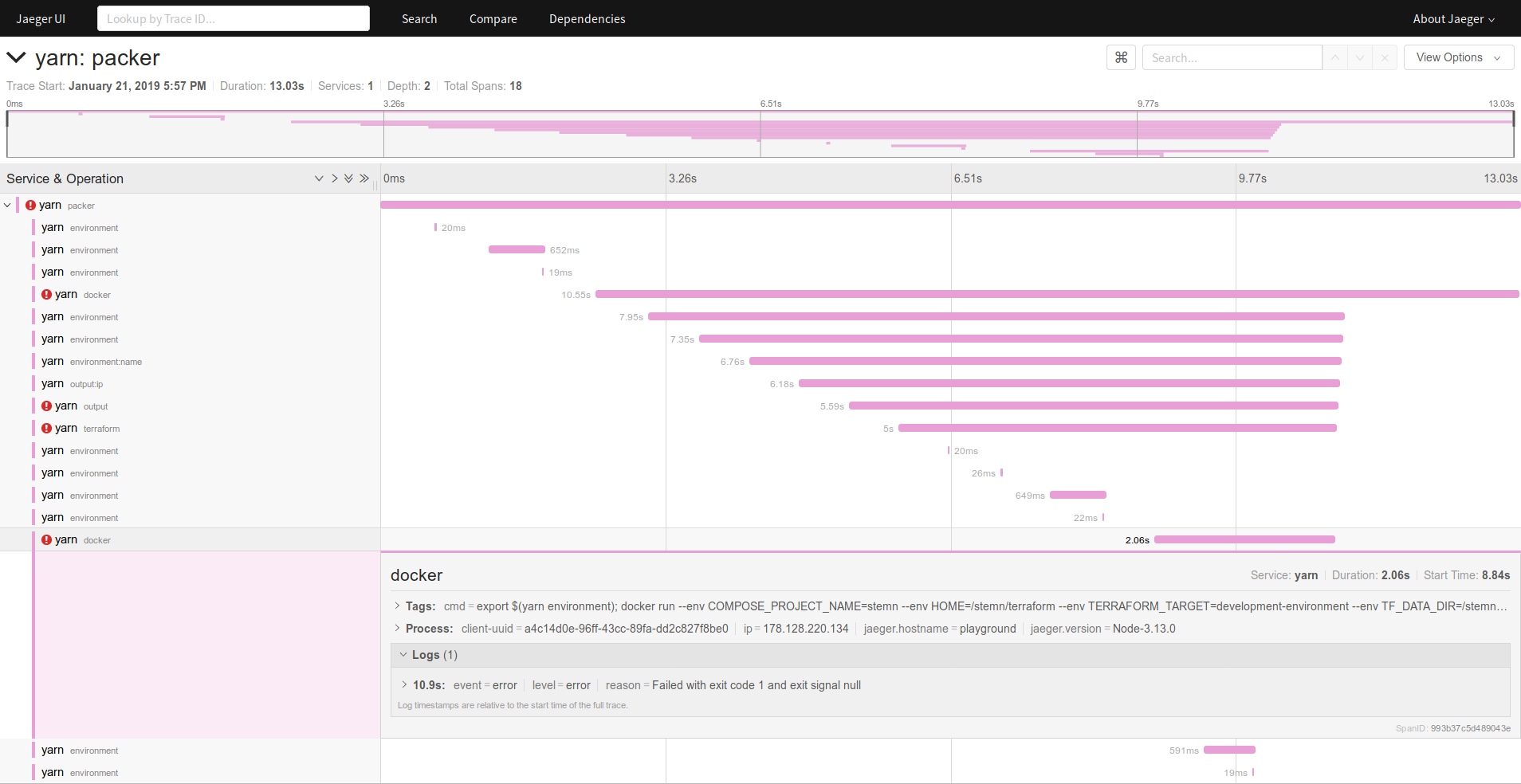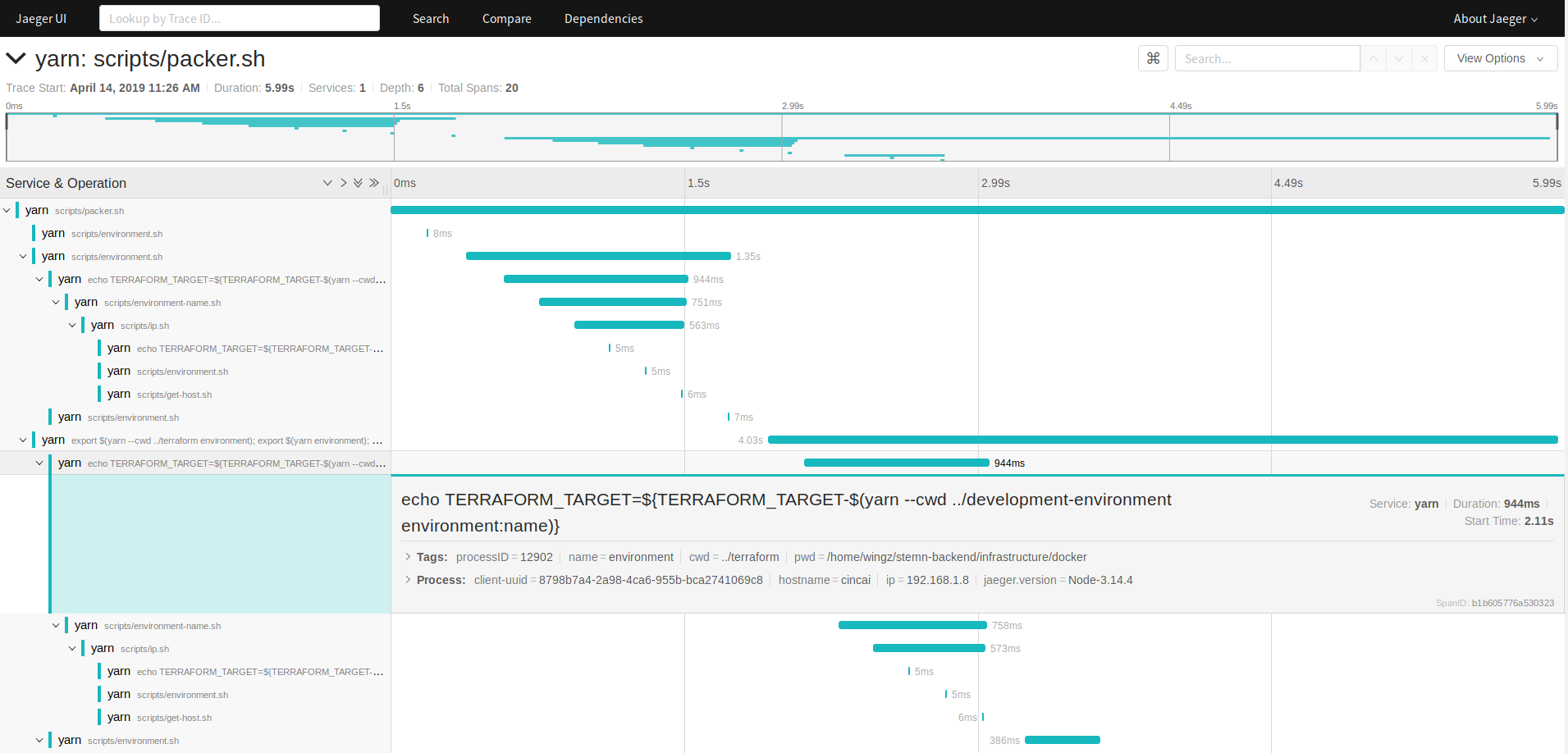I did a casual internship over summer at a lovely place called STEMN!
I worked under Jackson Delahunt with two other interns from UNSW too
How was it like?
This was my first time working at a startup,
therefore I got to experience the pros and cons that came with it ——
![]()
- Wearing whatever you want
-
Working on literally the couch or kitchen table or the floor if you want
-
Super flexible working hours and/or presence in office
(I usually avoid remote work though as I get easily distracted at home) -
Home office has an awesome rooftop and two cats

(unfortunately terrible if you have allergies) -
Occasional treats such as tea or ice creams to boost morale

- Very flat hierarchy
(can share memes around and sometimes watch educational videos on the TV)
![]()
-
The payroll was usually late

(luckily I had a cushion to accomodate for delays) -
No solid goals or deadlines
(can be a good or bad thing depending on how you look at it I suppose ??)
What were my contributions?
There wasn’t really a fixed set of requirements for my role, more of you just handle whatever is thrown at you, and I was told I did that pretty well
Sec
Had a chance to apply what I had learnt in COMP6843 by performing a week-long penetration test of the dev STEMN web application
- Tested most of the OWASP Top Ten Vulnerabilities ranging from
XSStoSQLibut found nothing exploitable in that timespan
As part of a Chaos Monkeying exercise I also fuzzed API endpoints ![]()
- discovered faulty logic that would crash the backend when certain requests were made
While white-box testing (I was given credentials to the remote GCP servers) I also found unsecured cloud-metadata directories and alerted Jackson to the risks involved and proposed a fix
DevOps
Learnt from documentation and created pre-baked ![]() machine images for the remote development-environment using
machine images for the remote development-environment using Packer.
-
Pre-baked in this context refers to creating the machine images in which server instances are built upon from
-
It is useful for populating a server instance with binaries/executables and files that you need but know won’t be updated much in the future
-
For files with constant changes such as
Gitrepositories it is better to clone them during provision-time (during the creation of the instance) -
Worth mentioning that it is a bad idea to bake your secrets into images
Experimented around with Vagrant and Terraform , definitely learnt a lot more about Infrastructure as Code.
- (in fact I made my own Terraform mini-project !)
Learned a bit about Kubernetes — (kubectl commands and kubeconfig files) but wouldn’t consider enough to say "I know how to use Kubernetes" ![]()
- I think the autoscaling feature is really neat as it can
- scale up to handle a sudden increase in traffic
- scale down (even to zero) during idle traffic times
- Had a chance to brush up on
Dockerfileknowledge for a bit too
Tooling/Coding
I was assigned the task of writing a yarn shim/task runner because the original yarn was running too slow
Here is the task running “tree” that shows the parent-child relationships and how some processes have to wait for others to finish before proceeding
 |  |
Functionality (three parts)
1) A shim or initial waypoint that can
- call itself recursively
- delegate to the original
yarn
2) The original yarn
- It is a package manager similar to
npm- in this context it serves as a task runner
- ie. a form of aliasing using scripts but they can be stacked together
3) Jaeger tracing
- it allows you to track progress across processes and even remote hosts!
Timeline
1) Reverse Engineered the precompiled 'lib' version of yarn
- Found hook-able locations to do debugging and logging
- ie the reporter function
2) Make ascii-style logs which uses post-processing
- The result trace data is not realtime but rather produced at the end
- bad if process hangs, data would never be collected
- example log:

3) Made changes to the forked repo and recompiled
- Interestingly
console.logwould break the chain of scripts- Some commands rely on the output of others to function
- Therefore had to use
console.errorinstead
4) Introduced Jaeger tracing, tweaked around to work
- Works really well for time-series data, but also works for timing here
-
Inject/Extract context from env vars to set them under one trace
- example Jaeger UI, notice the hierarchy on the left is not working:

5) Wrote the shim, tested to make sure it works
- Got massive amounts of help from Jackson as I was completely new to
TS
6) Dropped logging in the shim, added tracing instead
7) Wrote and testing the linking/unlinking of shim over original yarn
8) Finally got hierarchy to work ![]()
- Had to figure out the logic using
childOfandfollowsFromin context -
Also some counterintuitive methods like updating context AFTER the process has spawned etc
- final example:

Overall this whole process took roughly over two weeks but I am very proud about (hopefully) leaving my mark in STEMN history with this tool! ![]()
Misc
Became a guinea pig for new integrations into the workflow ![]() ie.
ie.
- trying out snap docker versus regular docker
-
kubeadmversusmicok8s -
RiotMatrix app versusSlack - random stuff like
D3 library,Jaeger
Using Hub by GitHub to issue pull requests via CLI
- requires you to create a personal access token first
- really handy for those moments where you just pushed your changes and are too lazy to open the site on the browser
- Hub also supports other functions such as forking and creating issues
Played around with a command-line IRC client known as WeeChat
- spent time tweaking the UI such as
- hiding join/part messages
- adjusting width/colours of sidebars
-
their customization is done by editing a file during runtime and the changes are applied during runtime as well
- wrote a startup script to automate the joining of IRC channels as well
- ie. #nodejs, #ubuntu etc…
- oh yeah it’s written in C by the way

Husky for Git Hooking
- pre-commit hooks can be used to restrict illegal actions
- if a user is trying to commit to a restricted branch ie.
staging
- if a user is trying to commit to a restricted branch ie.
- post-push hooks can print GitHub URL pointing to that specific commit
- useful for quickly sharing/reviewing changes with the diff view
Also wrote a "git split" script
- allows you to choose which changes to be commited to the current branch
-
leftover/undesired changes would be stored in a new split-off branch

-
essentially just a wrapper Shell script that does the following:
git status # prompt user for input/ notify user # .... stuff .... git add --interactive # prompts for branch name # ... # prompts for name of split-off branch # ... # pushes both
What else did I learn?
Javascript
-
Node.js basics (in real-world applications)
- Understanding syntax and conventions
- Arrow function syntax/nameless functions were confusing at first
- How
Promisesandawait/asynccan prevent callback hell
- Understanding syntax and conventions
-
Jest testing
-
--watchis very useful!
-
describe(),it()and mocking are interesting as well - the only similar testing I used previously was Django’s unit testing
-
- Functional Javascript vs Regular JS
-
Typescript as a superset of JS
- Package ecosystems and package managers such as
yarnandnpm
-
using lock files to freeze the version of a dependency you need for other developers to use to stay consistent
-
different projects can share or have their own local dependency installed too
-
Development
-
Kubernetes
- hardening and attacking
- the whole notion of pods, nodes, clusters, contexts, etc
- self-signed certificates and Role Based Access Control (RBAC)
- quite cool how
kubectlgiven a context file can communicate with a local cluster or a secured cluster in the open -
Helm— likeaptbut for Kubernetes stuff
- Lifecycle of cloud application development
- continuous integrations
- operations using Hashicorp utilities
- Proper dev netiquette :squirrel:
- raising Issues in public repositories
- seeking help in IRC channels
Misc
-
git aliases ie.
git s—>git status:octocat: - tmux
-
tmuxinator— really awesome way to pre-load your working setup - more advanced tmux usage
- tmux shortcuts and window management
- detached sessions and tmux server
- nesting remote tmux inside local tmux
- useful tmux plugins such as URLViewer for opening links in tmux
-
- The importance of platform agnostic scripts
- wrote a linking/unlinking solution for the shim above
- actually broke on Apple OSX because
whereisdoesn’t exist on OSX - in the end
hashwas used as the check and replace method
- actually broke on Apple OSX because
- wrote a linking/unlinking solution for the shim above
-
VSCode- why yes, I am a
Vimuser who had to learn how to useVSCode!
- why yes, I am a
Knowledge exchange
- Stuff that Jackson learnt from me:
- asciinema
- bash syntax such as
!$— used to get args of previous command - rtv (reddit terminal viewer)
- apropos
-
He keeps me up-to-date with bleeding-edge tech such as
Istio,Kubernetes Serverlessand others -
He containerized his entire working environment, so it can be pulled and run from prety much anywhere!
- He also set up his home desktop to become available from any web browser:
- using a mixture of
gottyandWeb Hook Relay -
mounting the X-server and getting re-renders (ie. window resizing) to work was the only difficult part
- right now he is relying on security through obscurity but I will advise him to change that soon

- using a mixture of
- Cloud Native Foundation and Knative
April 2019 Update
During the summer I used to come in almost every weekday.
Recently to balance with my other jobs at UNSW I only come in 2 days a week
The workload has slowed down significantly as well…
Since the very beginning of my internship I told Jackson I wouldn’t stay for long as I wanted to progress down the security route and this job wouldn’t exactly do it for me, so I am now parting ways with STEMN,
all the best to them in the future! ![]()
Overall really awesome learning experience, I learnt not just technical knowledge but also heaps of life stuff as well ~
(such as spiritualism, productivity etc…)